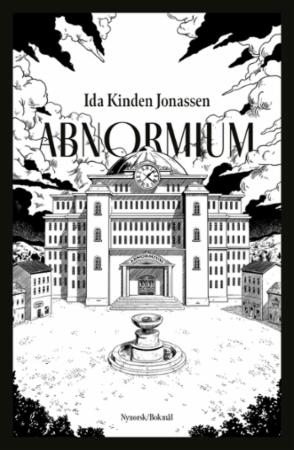
Hiroshige. One Hundred Famous Views of Edo av Lorenz Bichler, Melanie Trede
819,-
<p><strong>Utagawa Hiroshige</strong> (1797¿1858) was <strong>one of the last great artists in the <em>ukiyo-e</em> tradition.</strong> Literally meaning ¿pictures of the floating world,¿ <em>ukiyo-e</em> was a particular genre of art that flourished between the 17th and 19th centuries and came to characterize the Western world¿s visual idea of Japan. In many ways images of hedonism, <em>ukiyo-e</em> scenes often represented the <strong>bright lights and attractions of Edo </strong>(modern-day Tokyo): beautiful women, actors and wrestlers, city life, and spectacular landscapes.<br><br>Though he captured a variety of subjects, Hiroshige was most famous for landscapes, with a final masterpiece series known as <strong>¿One Hundred Famous Views of Edo¿</strong> (1856¿1858), which depicted various scenes of the city through the seasons, <strong>from bustling shopping streets to splendid cherry orchards</strong>.<br><br>This reprint, bound in the traditional Japanese fashion, is made from on








